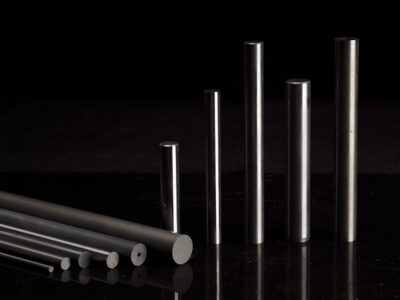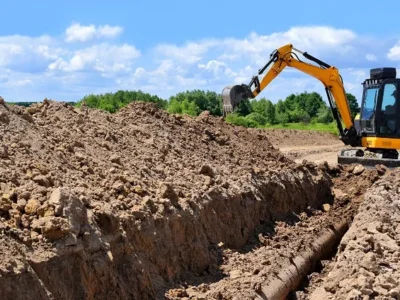Metals have great conductivity for heat and electricity. That is why a lot of industries use them for various purposes. But, different environments prioritize different metal qualities. For instance, electrical applications require low electrical resistivity while engineering applications require hardness.
Every metal has its own specific properties. Whether they are electrical, structural, or magnetic, they are influenced by different factors with temperature being the big one. Understanding the effects of temperature on metal properties provides a deeper appreciation for the reason they are widely used today. There are many ways heating or cooling can affect metals. It is important to control the temperature to which metals are heated and the cooling rate to achieve the desired results. Here’s heating or cooling affects metals:
Thermal Expansion
A rise in temperature causes metals to experience a slight increase in width, length, and overall volume and area. This is called thermal expansion. This phenomenon takes place because of increased atomic vibrations with the expansion’s magnitude depending on the particular metal. For any project, it is important to consider thermal expansion when picking the right metal because of its influence on the effectiveness of the structure. This is true whether a project needs a supply of angle iron, steel pipes, and other metal products.
Resistance and Electronic Scattering
As electrons flow through the metal’s bulk, they bounce off other electrons and metal boundaries. This is called resistance and both hot and cold temperatures affect this factor. When the temperature increases, an electron’s kinetic energy increases. As a result, its speed is also increased causing significant scattering and full resistance. Meanwhile, a drop in temperature reduces the kinetic energy in electrons, decreasing its speed and overall resistance.

Allotropic Phase Transformation
A solid is composed of an array of atoms with a certain crystal symmetry called allotrope. When metals are cold or heated, the orientation of their atoms is altered. This phenomenon is called allotropic phase transformation. This changes a metal’s strength, hardness, and ductility. This can happen in iron, for instance. At room temperature, iron is at the alpha phase; however, when it is heated passed 1,674 degrees Fahrenheit, it goes to the gamma phase. This means iron absorbs more carbon, an ingredient that increases any steel product’s hardness. This resulting phase facilitates stainless steel fabrication.
Magnetism Reduction
Ferromagnetic materials are spontaneously magnetic metals. At room temperatures, iron, nickel, and cobalt are ferromagnetic metals. But, when heated, their magnetization reduces. Eventually, they will lose their magnetism. This loss process is called the Curie temperature.












Comments